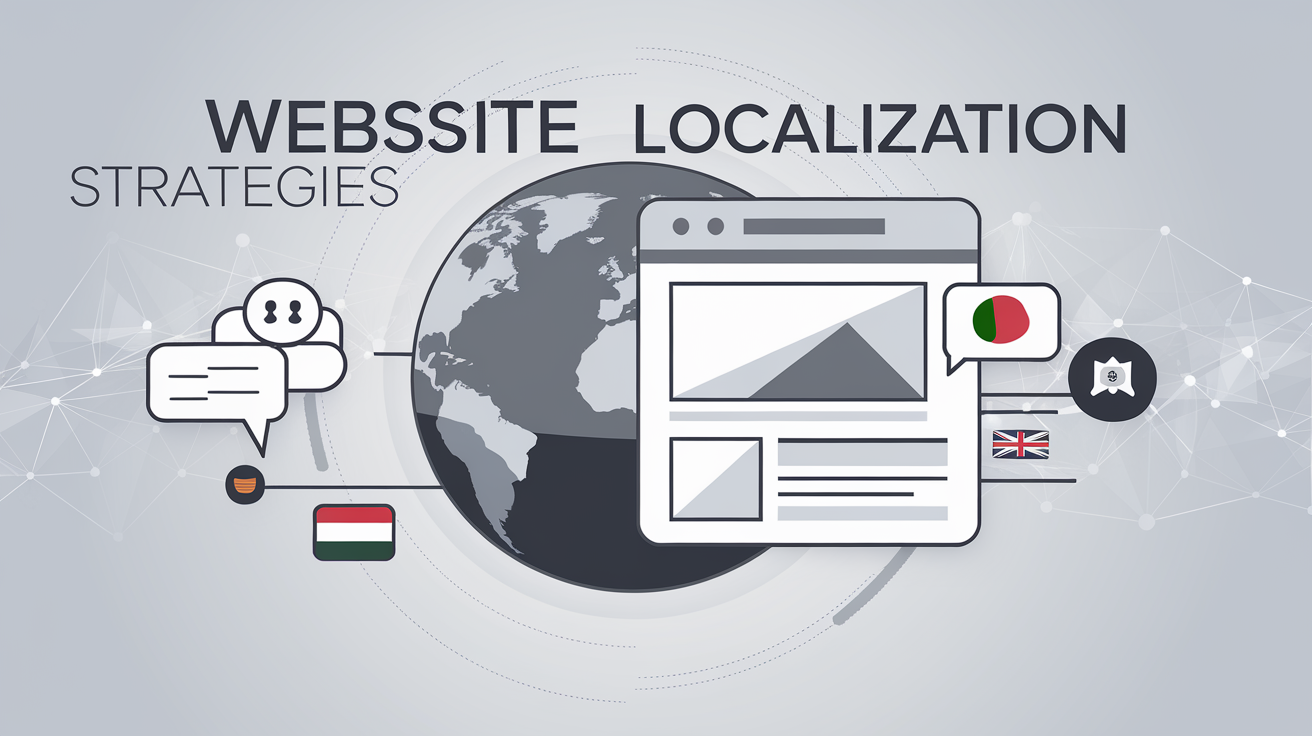Introduction
In today’s globalized world, businesses often find themselves serving customers from diverse linguistic and cultural backgrounds. But simply having a website isn’t enough to connect with these audiences effectively. Enter website localization—the key to enhancing user experience and driving engagement in multilingual regions. By tailoring your website to meet the language, cultural, and technical preferences of your audience, you can foster trust, improve usability, and unlock new growth opportunities. Ready to dive in? Let’s explore how website localization can transform your online presence.
What is Website Localization?
Website localization is more than just translating your website's content from one language to another. It’s the process of adapting your website to align with the linguistic, cultural, and technical nuances of a specific region. This can involve adjusting imagery, formatting dates, currencies, and even modifying user interface elements.
For instance, while a simple translation might suffice for a single blog post, localization ensures the entire experience feels natural and intuitive for users in different regions. Take McDonald’s, for example: their websites are uniquely localized for countries like Japan, India, and Germany, with region-specific menus, promotions, and imagery.
The Importance of Localizing Your Website
Improving User Experience for Diverse Audiences
When users land on a website that feels tailored to their preferences, they are more likely to engage and convert. A localized website eliminates language barriers, ensures intuitive navigation, and fosters a sense of familiarity—all key factors for an enhanced user experience.
Building Brand Credibility and Trust
Localization signals to your audience that you understand their unique needs. By presenting content that aligns with local norms and expectations, your brand becomes more relatable and trustworthy.
Boosting SEO Performance in Local Markets
Localized content can dramatically improve your website’s visibility in regional search engines. Search engines like Google prioritize content that resonates with local audiences, making localization a powerful tool for SEO success.
Key Elements of Website Localization
Language Adaptation
Language is at the heart of localization. However, simply translating text word-for-word isn’t enough. For example, idioms, humor, and phrases don’t always translate directly and can lose their meaning if not adapted for cultural context. Working with native speakers or professional localization teams ensures content remains relevant and impactful.
Visual and Design Elements
Did you know that colors and imagery evoke different emotions depending on the culture? For instance, while white represents purity in Western cultures, it symbolizes mourning in some Asian cultures. Adapting visuals to resonate with your target audience’s preferences is essential.
Currency, Dates, and Units
Imagine trying to make a purchase online and encountering prices in a foreign currency or dates formatted in an unfamiliar way. Localizing these elements enhances user convenience and reduces friction in the buying process.
Legal and Regulatory Compliance
Compliance with local laws is crucial for avoiding legal issues. This includes adhering to data privacy regulations like GDPR in Europe or CCPA in California, as well as region-specific advertising rules.
SEO and Website Localization
Multilingual SEO Best Practices
Effective use of hreflang tags helps search engines understand which version of your website to display to users in different regions. This ensures the right audience sees the right content. Additionally, keyword research for each language is vital—directly translating keywords often misses the mark.
URL Structure and Domain Strategy
Should you use subdomains, subdirectories, or country-code top-level domains (ccTLDs)? Each strategy has its pros and cons. For instance, ccTLDs (e.g., .de for Germany) convey trust and local relevance but require separate SEO efforts for each domain.
Local Backlinks and Online Directories
Earning backlinks from local websites and directories is another great way to improve your SEO ranking in specific regions. Partnerships with local influencers or businesses can also help.

